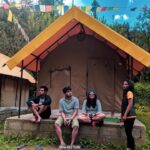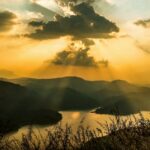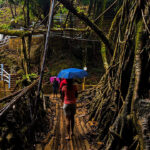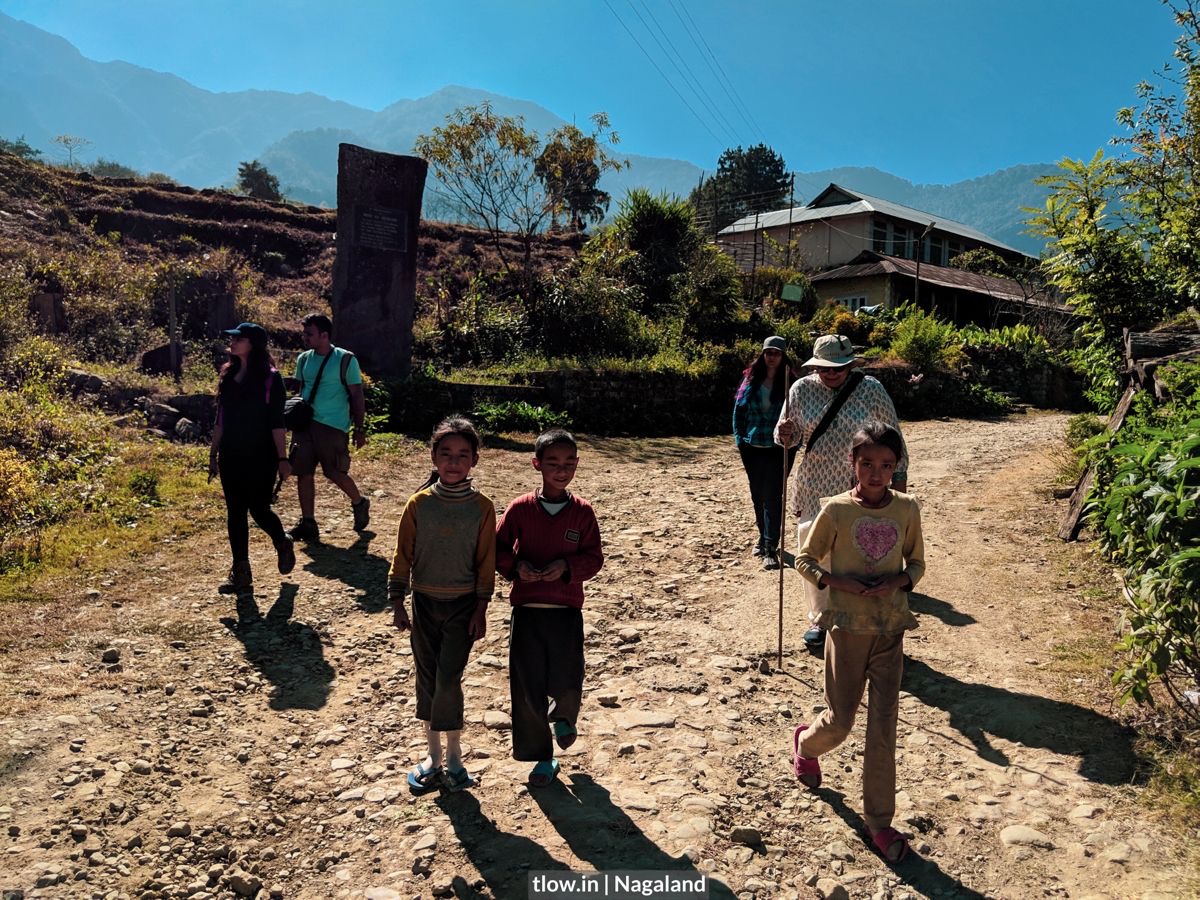
0
10 facts about Nagaland
Nagaland is a mountainous state in northeast India, bordering Myanmar. It’s home to diverse indigenous tribes, with festivals and markets celebrating the different tribes’ culture. Its capital city of Kohima suffered heavy fighting in World War II, commemorated by memorials at the Kohima War Cemetery. The Nagaland State Museum exhibits ancient weaponry, a ceremonial drum and other traditional Naga cultural artifacts.
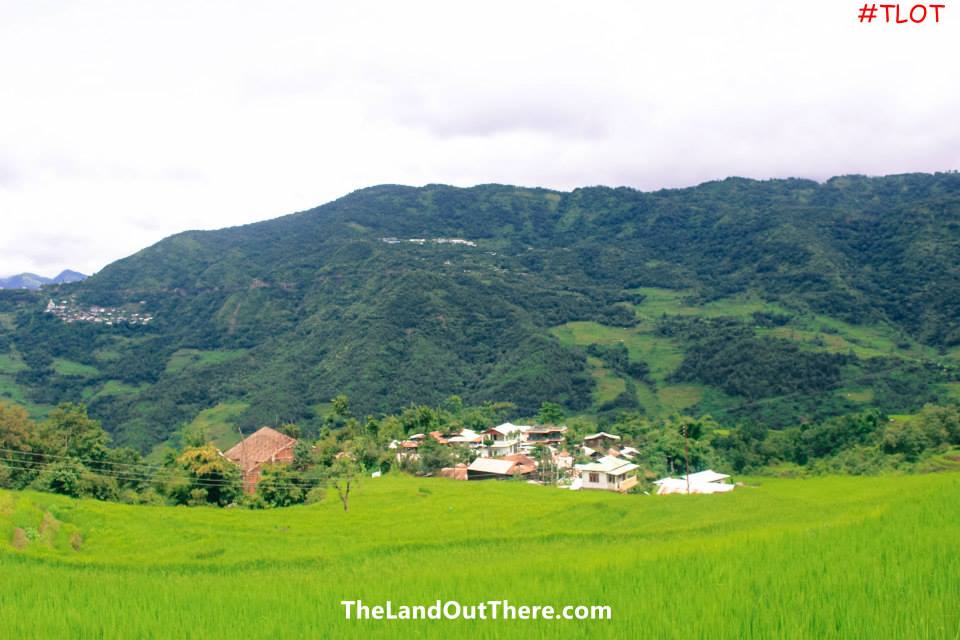
- Nagaland is a state in Northeast India. It borders the state of Assam to the west, Arunachal Pradesh and Assam to the north, Myanmar to the east, and Manipur to the south. The state capital is Kohima, and the largest city is Dimapur. It has an area of 16,579 square kilometres with a population of 19,80,602 as per the 2011 Census of India, making it one of the smallest states of India.
- The state is inhabited by 16 tribes — Angami, Ao, Chakhesang, Chang, Kachari, Khiamniungan, Konyak, Kuki, Lotha, Phom, Pochury, Rengma, Sangtam, Sumi, Yimchunger, and Zeme-Liangmai (Zeliang). Each tribe is unique in character with its own distinct customs, language and dress.
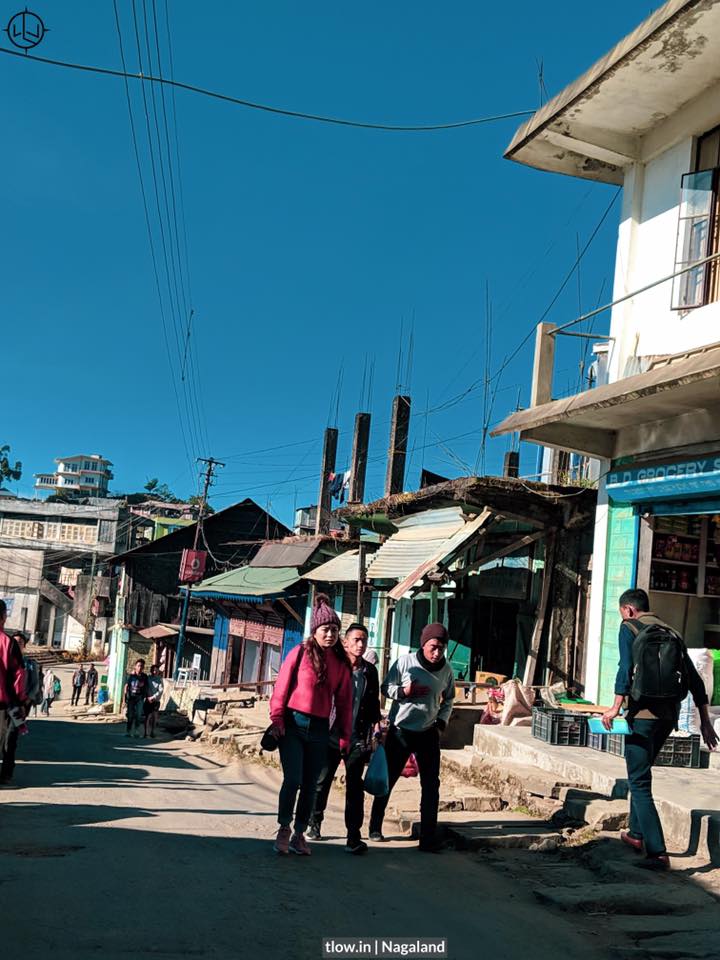
- Nagaland became the 16th state of India on 1 December 1963. Agriculture is the most important economic activity and the principal crops include rice, corn, millets, pulses, tobacco, oilseeds, sugarcane, potatoes, and fibres. Other significant economic activity includes forestry, tourism, insurance, real estate, and miscellaneous cottage industries.
- The state is mostly mountainous except those areas bordering Assam valley which comprises 9% of the total area of the state. Mount Saramati is the highest peak at 3,840 metres and its range forms a natural barrier between Nagaland and Burma. It lies between the parallels of 98 and 96 degrees east longitude and 26.6 and 27.4 degrees latitude north. The state is home to a rich variety of flora and fauna.
- Nagaland is largely a mountainous state. The Naga Hills rise from the Brahmaputra Valley in Assam to about 2,000 feet (610 m) and rise further to the southeast, as high as 6,000 feet (1,800 m). Mount Saramati at an elevation of 12,601.70 feet (3,841.00 m) is the state’s highest peak; this is where the Naga Hills merge with the Patkai Range in which form the boundary with Burma. Rivers such as the Doyang and Diphu to the north, the Barak river in the southwest, dissect the entire state. 20 percent of the total land area of the state is covered with wooded forest, a haven for flora and fauna. The evergreen tropical and the subtropical forests are found in strategic pockets in the state.
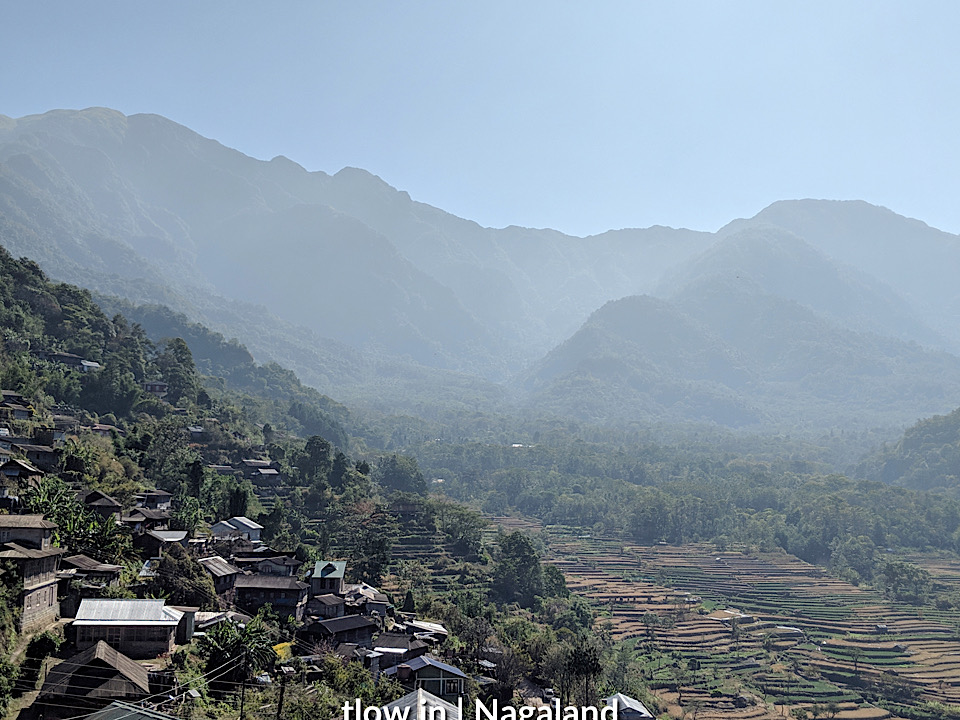
- Nagaland has a largely monsoon climate with high humidity levels. Annual rainfall averages around 70–100 inches (1,800–2,500 mm), concentrated in the months of May to September. Temperatures range from 70 °F (21 °C) to 104 °F (40 °C). In winter, temperatures do not generally drop below 39 °F (4 °C), but frost is common at high elevations. The state enjoys a salubrious climate. Summer is the shortest season in the state that lasts for only a few months. The temperature during the summer season remains between 16 °C (61 °F) to 31 °C (88 °F). Winter makes an early arrival and bitter cold and dry weather strikes certain regions of the state. The maximum average temperature recorded in the winter season is 24 °C (75 °F). Strong northwest winds blow across the state during the months of February and March.
- About one-sixth of Nagaland is covered by tropical and sub-tropical evergreen forests—including palms, bamboo, rattan as well as timber and mahogany forests. While some forest areas have been cleared for jhum cultivation, many scrub forests, high grass, reeds; secondary dogs, pangolins, porcupines, elephants, leopards, bears, many species of monkeys, sambar, harts, oxen, and buffaloes thrive across the state’s forests. The great Indian hornbill is one of the most famous birds found in the state. Blyth’s tragopan, a vulnerable species of pheasant, is the state bird of Nagaland. It is sighted in Mount Japfü and Dzükou Valley of Kohima district, Satoi range in Zunheboto district and Pfütsero in Phek district. Of the mere 2500 tragopans sighted in the world, Dzükou valley is the natural habitat of more than 1,000.
Nagaland
- The state is also known as the “falcon capital of the world.” Rhododendron is the state flower. The state has at least four species which is endemic to the state. Mithun (a semi-domesticated gaur) found only in the north-eastern states of India, is the state animal of Nagaland and has been adopted as the official seal of the Government of Nagaland. It is ritually the most valued species in the state. To conserve and protect this animal in the northeast, the National Research Centre on Mithun (NRCM) was established by the Indian Council of Agricultural Research (ICAR) in 1988
- The population of Nagaland is nearly two million people, of which 1.04 million are males and 0.95 million females. Among its districts, Dimapur has the largest population (379,769), followed by Kohima (270,063). The least populated district is Longleng (50,593). 75% of the population lives in the rural areas. As of 2013, about 10% of the rural population is below the poverty line; among the people living in urban areas, 4.3% of them are below the poverty line.
- In 1967, the Nagaland Assembly proclaimed English as the official language of Nagaland and it is the medium for education in Nagaland. Other than English, Nagamese, a creole language based on Assamese, is widely spoken.
–>For a similar experience, >>Click here
–>To plan a trip to North-East India, >>Click here


